In Photos: An Ancient Poem Deciphered
Nero's Head
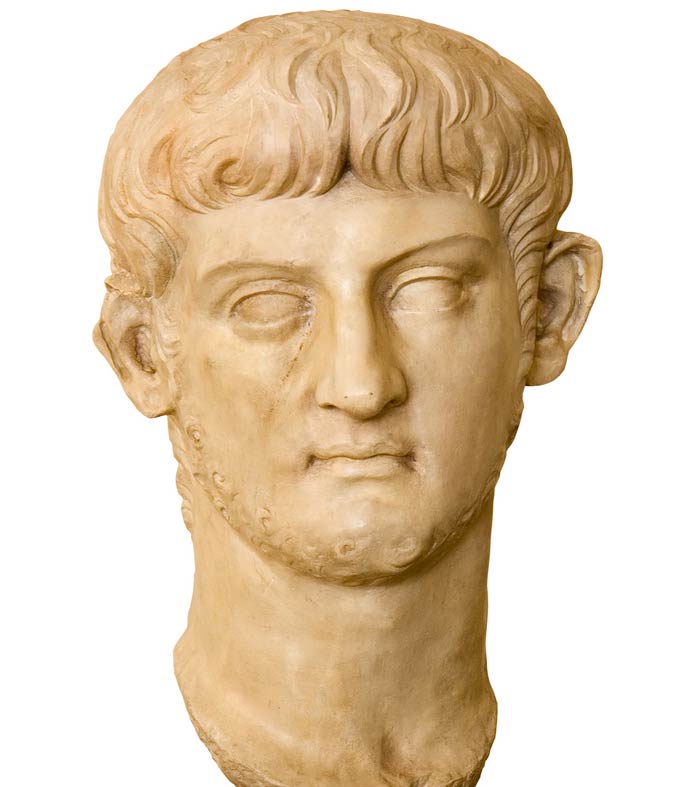
An ancient marble head of Nero, the infamous Roman Emperor. The newly deciphered poem, from Oxyrhynchus Egypt, shows his second wife, Poppaea Sabina, turning into a goddess, ascending into heaven. Curiously the poem was written nearly 200 years after Nero died leaving researchers with a mystery - why would someone in Egypt compose or copy a poem like this so long after Nero's death?
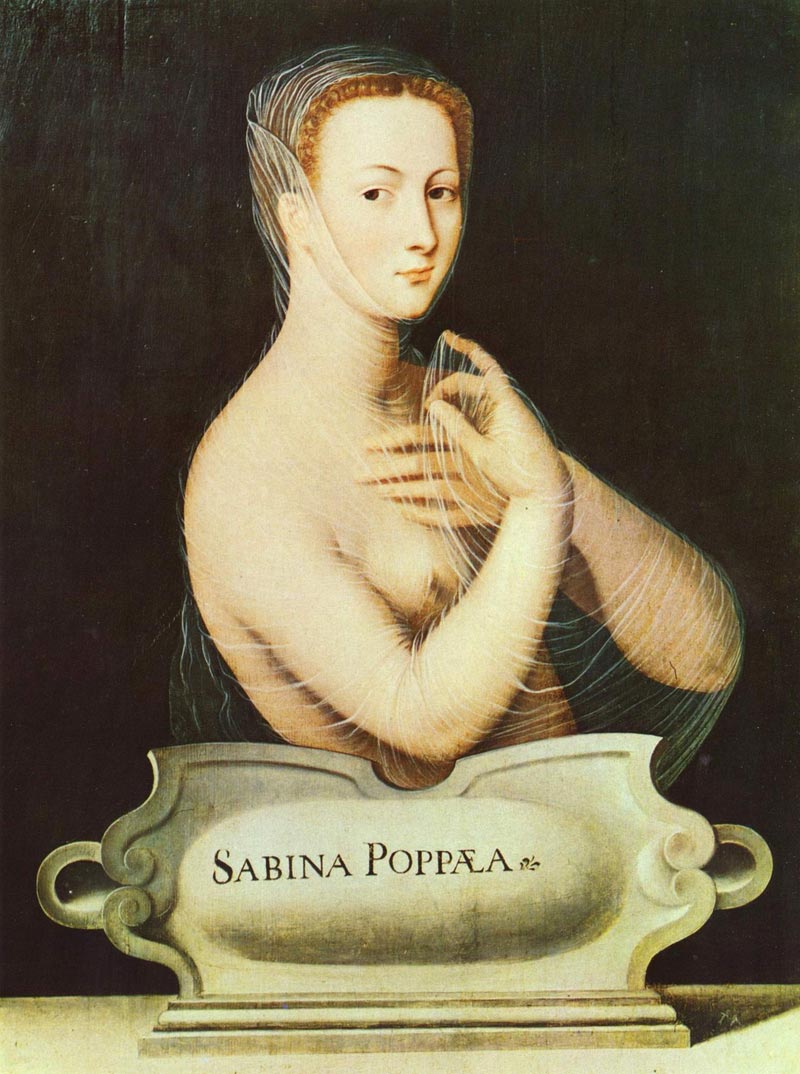
This 16th-century painting, now in the Musée d'Art et d'Histoire in Geneva, depicts Poppaea Sabina, the name of the artist is unknown. Poppaea was a controversial figure in the Roman world and very few ancient representations of her have survived. The newly deciphered 1,800 year-old poem shows her turning into a goddess. Why someone would compose or copy it nearly 200 years after her death is unknown.
Decoding a Poem
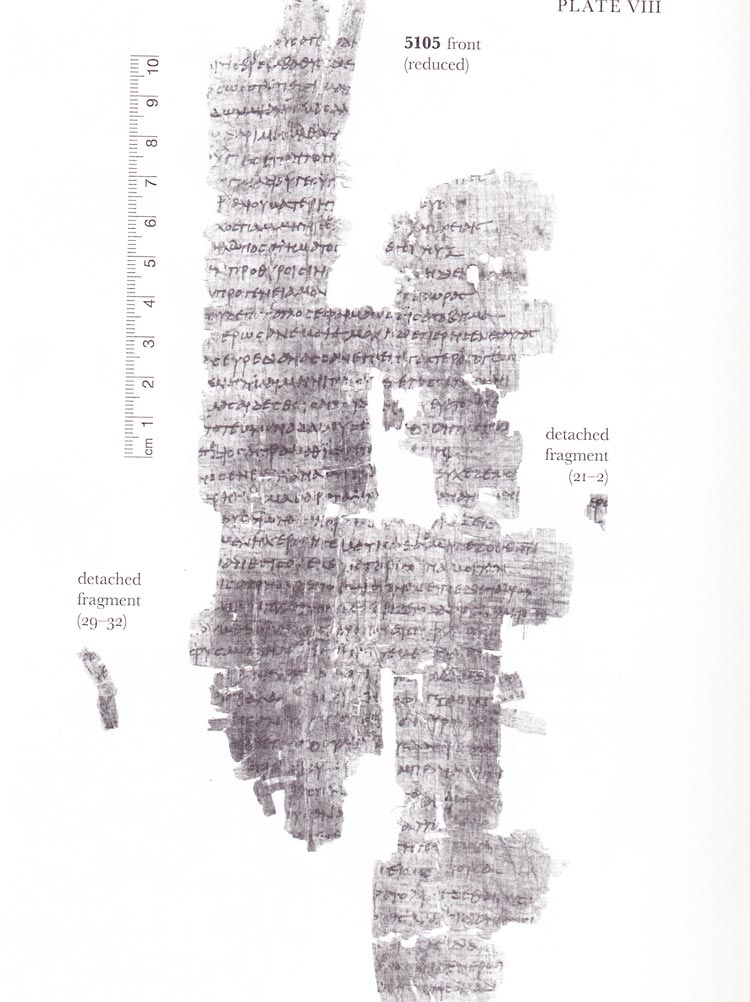
This papyrus leaf has 42 lines of Greek text on each side. It contains a poem deifying Poppaea Sabina, the second wife of Nero, the infamous Roman emperor. The papyrus was found at Oxyrhynchus in Upper Egypt.
Two-Sided Poem
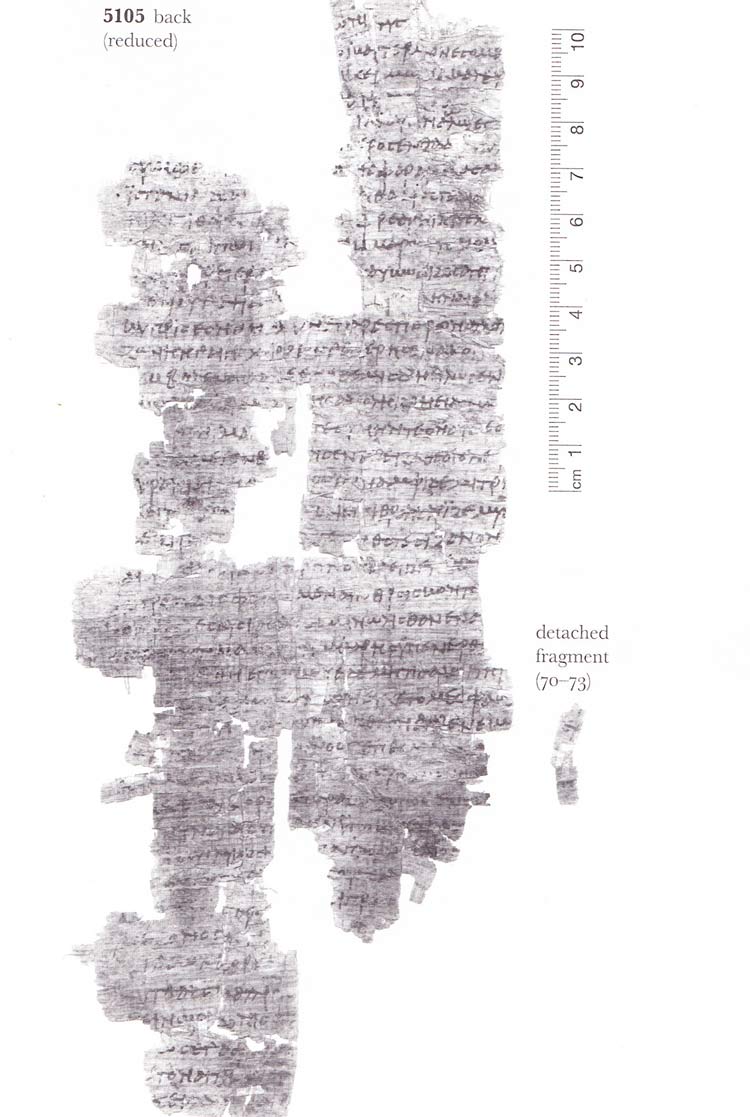
The back of the newly deciphered papyrus. It wasn't unusual in the ancient world for texts to be written on both sides.
Young Nero
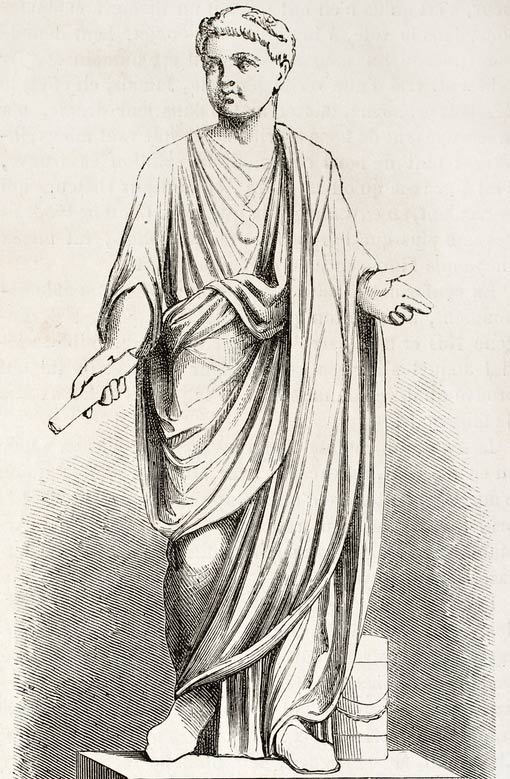
Ancient writers say that Nero (shown here as a young man) killed his own mother, Agrippina, and his first wife Octavia. He is also said to have killed his wife Poppaea Sabina herself with a kick to her stomach while she was pregnant.
Get the world’s most fascinating discoveries delivered straight to your inbox.

Owen Jarus is a regular contributor to Live Science who writes about archaeology and humans' past. He has also written for The Independent (UK), The Canadian Press (CP) and The Associated Press (AP), among others. Owen has a bachelor of arts degree from the University of Toronto and a journalism degree from Ryerson University.
 Live Science Plus
Live Science Plus





